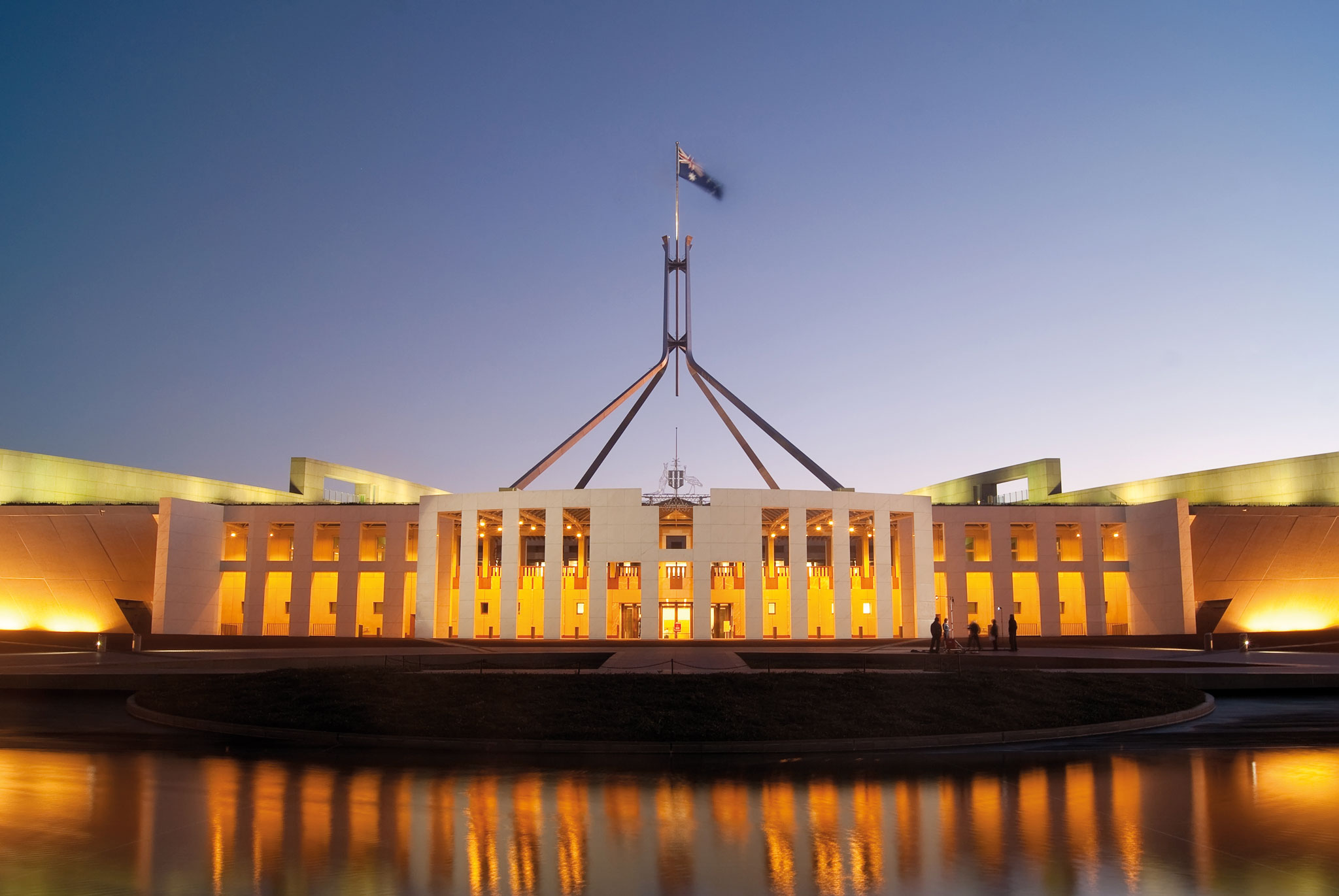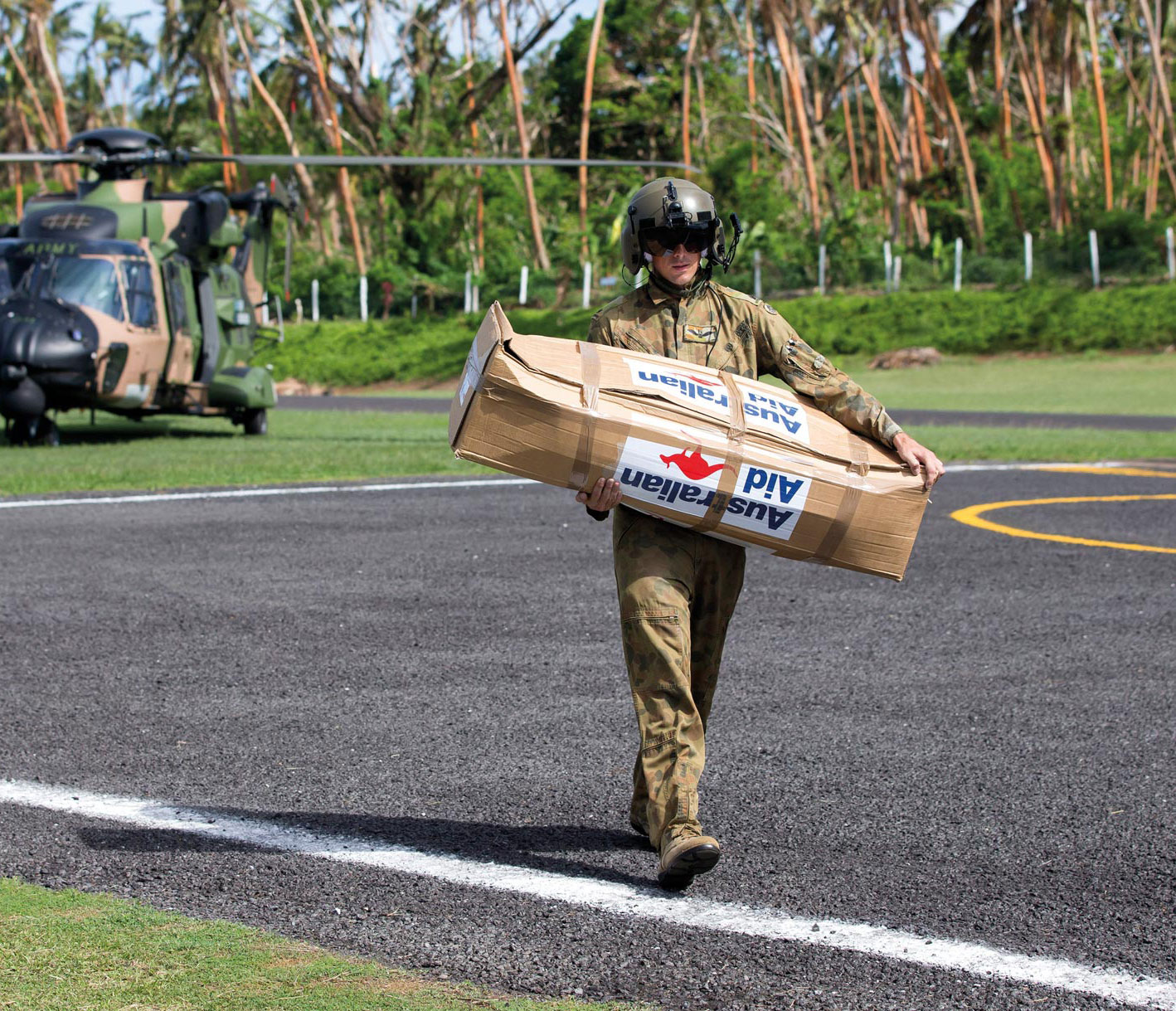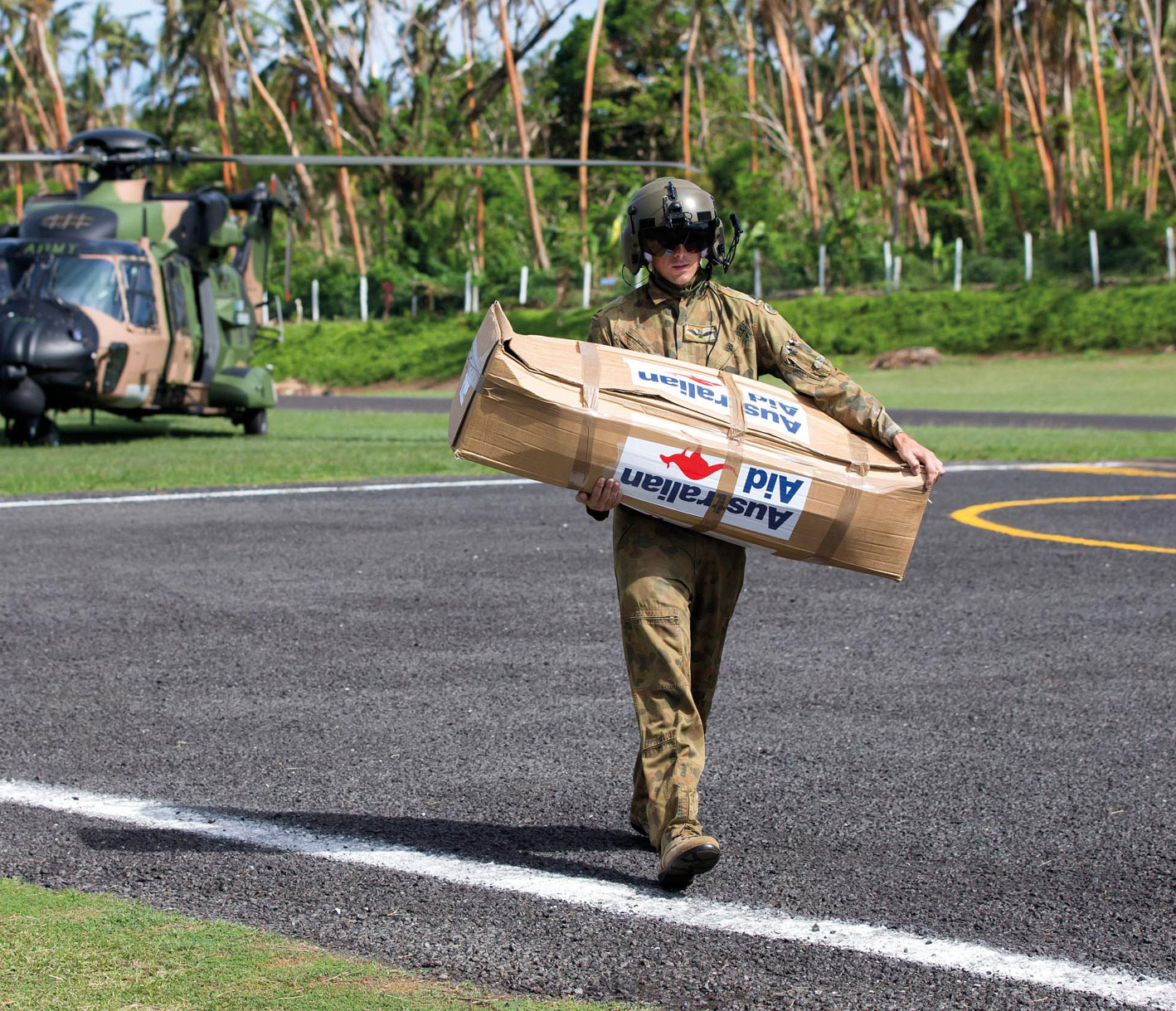Even as growth binds the economies of the Indo–Pacific, trade and investment and infrastructure development are being used as instruments to build strategic influence, as well as to bring commercial advantage. In the past, the pursuit of closer economic relations between countries often diluted strategic rivalries. This geo-economic competition could instead accentuate tension.
Australia’s economic and security interests are closely intertwined here. These are best served by deepening regional economic integration in a way that maximises growth through open trade and investment on market-based principles.
This objective will be achieved through regional trade and investment and through infrastructure financing arrangements that reinforce an open global economy and that:
- are based on strong, transparent rules
- promote fair and open competition, and
- are transparent and non-discriminatory, with predictable regulatory systems.
Australia’s long-term objective is to work towards a region-wide trade and investment arrangement defined by comprehensive rules to promote liberalisation, reform and a more seamless trading environment. It is likely a generational endeavour. Further integrating the major economies of the Indo–Pacific serves both our economic and security interests.
Australia’s approach to regional trade negotiations, such as the Trans–Pacific Partnership (TPP) and the Regional Comprehensive Economic Partnership (RCEP), seeks to ensure that the core features of these arrangements are consistent with our goal of an open, region-wide arrangement.
Much of the new competition for influence is also being played out through infrastructure development. There are several regional infrastructure and economic engagement initiatives, including ones advanced by China, India and Japan.
The region’s infrastructure needs are massive and wide-ranging (Figure 3.1). It is in our interests for this infrastructure to be developed in a way that conforms to the principles set out above. We also favour infrastructure that has robust social and environmental safeguards and avoids unsustainable debt burdens on the economies of the region. It is on this basis that Australia engages with regional infrastructure initiatives, including China’s Belt and Road.
Figure 3.1 Infrastructure investment needs in Asia (2016–2030, US$ trillion)

Source: Asian Development Bank
Figure 3.1 Infrastructure investment needs in Asia (2016–2030, US$ trillion) image description: This infographic, titled, Infrastructure investment needs in Asia (2016-2030, USD trilliion), shows total investment needs at $26.2 tonne; power at $14.7 tonne; telecommunications at $2.3 tonne; transport at $8.4 tonne; water and sanitation at $.8 tonne.
We seek to ensure that Australian firms are well placed to prosper from the region’s pipeline of future investment. Our firms have more than 30 years experience working with Australian governments to build roads, airports, hospitals and other infrastructure. Many are leaders in the design and integration of large-scale infrastructure projects. Australian financial institutions have been at the forefront of innovative financing for infrastructure, including through public private partnerships, and are able to tap into deep pools of funds for multi-billion dollar projects.
Australia helps regional countries prepare high-quality, investment-ready projects and improve policy frameworks to attract private capital. We have played a key role in negotiating rules and practices that match our and the region’s interests, as we did in the establishment of the AIIB. With our partners, we also support the development of infrastructure plans and the preparation, financing and implementation of projects that best meet the region’s needs, including through our work with the World Bank Group and the Asian Development Bank and through our support for ASEAN’s Masterplan on Connectivity.














